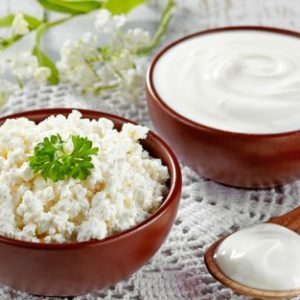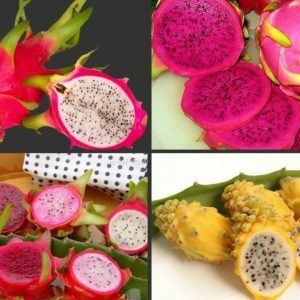Plum: benefit and harm
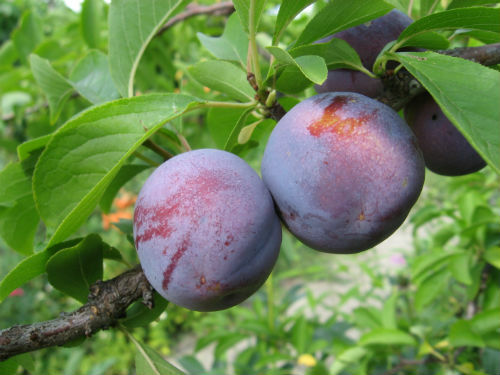 Each breakfast of Elizabeth II, Queen of Great Britain, starts with two plums from her own garden.And for her age, Her Highness looks good, does not it?
Each breakfast of Elizabeth II, Queen of Great Britain, starts with two plums from her own garden.And for her age, Her Highness looks good, does not it?
It's hard to tell where the plum comes from, since it is not found in the wild.This cultivated plant is created by man by crossing the turn and cherry plum.It happened for the first time on the territory of the Caucasus, on the shores of the Adriatic Sea or in Egypt - hard to say, but two thousand years ago plum gardens in these places already brought sweet fruits.
There is another opinion - that this is a natural hybrid, the result of accidental over-dusting.One way or another, but from the turn of the plum took winter hardiness, and tart plum was surpassed both by taste and by large-fruited.
Wherever the plum is cultivated from ancient times, it is surrounded by beautiful legends.In China, for example, the five petals of a gently pink flower personify joy, luck, well-being, longevity and peace.In Russia, the first tree was brought under Tsar Aleksei Mikhailovich in 1654 and decorated his garden in Izmailovo.
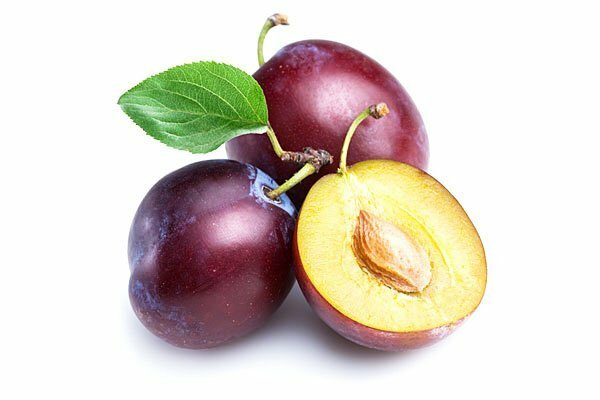 Among the great diversity distinguish three basic varieties:
Among the great diversity distinguish three basic varieties:
- yellow - mirabel;
- dark - Hungarian;
- green, small-bodied - rencl.
Nutritional value
Nutritional value of 100 g:
- Caloric content: 49 kcal Protein
- : 0.8 c
- Fats 0.3 g Carbohydrates
- : 9.6 c
Show alllist »
- Dietary fiber: 1.5 g Organic acids
- 1 c
- Water: 86.3 c
- Mono- and disaccharides: 9.5 c
- Starch: 0.1 c
- Ash: 0.5 g
Ascended:
- Calcium: 20 mg
- Magnesium: 9 mg
- Sodium: 18 mg
- Potassium: 214 mg
- Phosphorus 20 mg
- Chloro 1 mg
- Sera: 6 mg
Vitamins:
- Vitamin PP: 0,6
- mg Beta carotene 0.1 mg Vitamin A
- (EE) 17 mcg
- Vitamin B1( thiamine): 0.06 mg
- Vitamin B2( riboflavin) 0.04 mg
- Vitamin B5( pantothenic): 0.2 mg
- Vitamin B6( pyridoxine)0.08 mg
- Vitamin B9( folic): 1.5 ug
- Vitamin C: 10 mg
- Vitamin E( FE): 0.6 mg
- Vitamin PP( niacin equivalent): 0.7 mg
Trace Elements:
- Iron: 0.5 mg
- Zinc: 0.1 mg Iodine
- 4
- mcg Copper 87 mcg
- Manganese: 0.11
- mg Chromium 4 mcg
- Fluoro 2 ug
- Molybdenum: 8 μg
- Silicon: 4 mg
- Cobalt: 1 μg
- Nickel: 15 μg
Plum is a concentrate of pectin, fiber, antioxidants, vitamins and micronutrients.In different varieties the composition of valuable substances is significantly different, but in general it can be noted its high caloric content, high content of carbohydrates, dietary fiber and the predominance of potassium in comparison with other trace elements.
Use of the plum
Like many products, the sink has strong or mildly curative properties:
-
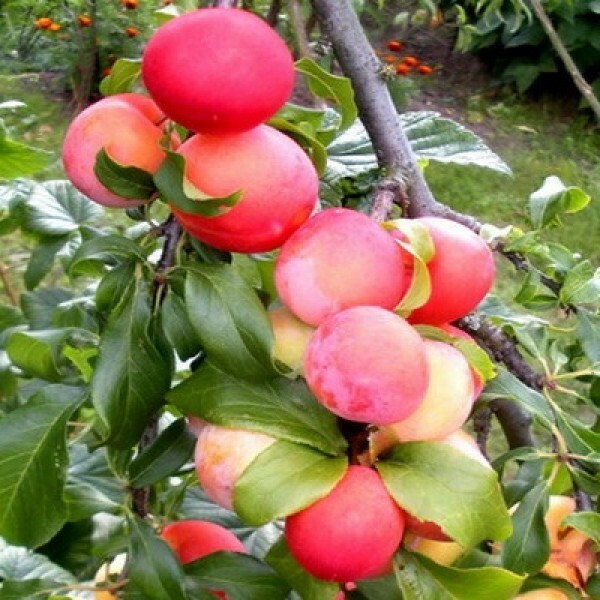 a large amount of potassium has a beneficial effect on the state of the heart muscles;
a large amount of potassium has a beneficial effect on the state of the heart muscles; - vitamin P tidies blood vessels and thereby reduces blood pressure;
- coumarins inhibit the formation of thrombi, which is the best prevention of age-related dementia, strokes and heart attacks;
- is well known for the relaxing effect of fresh fruits, thanks to the high content of pectin, it promotes the excretion of cholesterol;
- relieves toxins - they bind with pectin in the intestines and are quickly eliminated from the body;
- cleanses the liver;
- facilitates the condition of rheumatism.
In light of the above, how useful is the sink during pregnancy?During this period, the presence of folic acid, responsible for the absence of defects in the development of the neural tube in the fetus, is especially valuable.
In the fight against swelling, the body of a pregnant woman loses potassium, and the sink allows you to make up for his deficiency, thereby supporting the work of the heart and the full blood supply of the fetus.
Prophylaxis of blood clots is an important part of taking care of your mother's health.Useful properties of plums for the improvement of veins are manifested due to the presence of coumarins, pectin and fiber.Coumarins clean the lumen of the vessels, and the laxative effect protects from constipation and the appearance of hemorrhoids.
Damage to the plum
A powerful cleansing action has its reverse side, it is they who are responsible for the limitations and contraindications of plums for children and patients.
Important : in children draining easily causes diarrhea and bloating, therefore up to 3 years it is contraindicated, after three - only yellow, boiled, is allowed, and from the age of 5 doctors allow all grades, but not raw, but heat treated.
It's easy to understand what harms its fruits for diabetics - they have too many carbohydrates.For the same reason, there is hardly a diet for weight loss, which includes them in the menu.Plums increase the acidity of gastric juice, so it is contraindicated in gastritis and ulcers.
Unripe fruits, like bones, are harmful - they contain hydrocyanic acid.
Recommendations
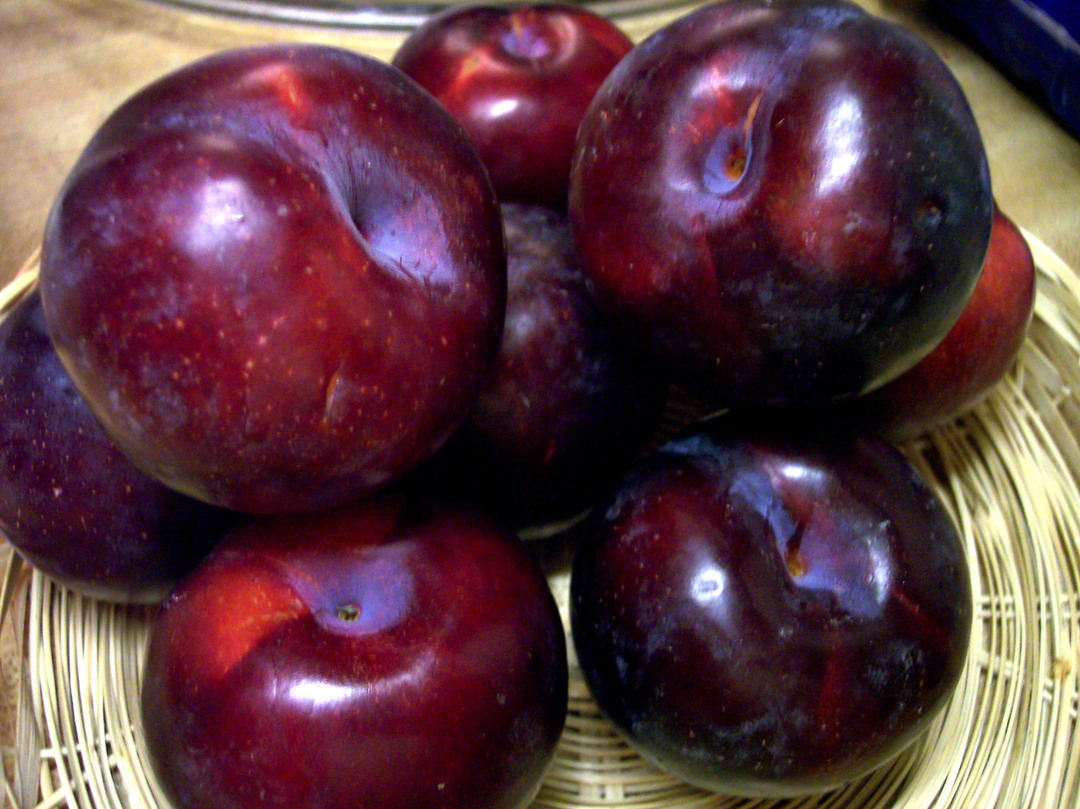 With the usual locks, it is enough to have a few fresh plums for the night to forget about this problem.In old age and with diseases of the digestive organs, it is possible to soften the effect of sweet fruits, eating them not in the evening, but for breakfast, following the example of the British queen.
With the usual locks, it is enough to have a few fresh plums for the night to forget about this problem.In old age and with diseases of the digestive organs, it is possible to soften the effect of sweet fruits, eating them not in the evening, but for breakfast, following the example of the British queen.
Pregnant women suffering from bleeding gums and visual impairment, it is useful to eat 100-150 g of ripe fruits daily.
When cooking plum jam for long storage, bones need to be removed, since their nuclei contain hydrocyanic acid.However, if the jam is used in less than a year, harmful substances from the bones will not have time to penetrate into the syrup.

